Microneedling is a minimally invasive cosmetic procedure that involves using a device with tiny needles to create small punctures in the top layer of the skin. These punctures trigger the body’s natural healing process, which stimulates the production of collagen and elastin, two proteins that give skin its firmness and elasticity. As a result, it can help to improve the appearance of wrinkles, fine lines, acne scars, stretch marks, and enlarged pores.
Benefits:
Microneedling boasts a number of potential benefits for your skin, both in terms of aesthetics and overall health. Here are some key advantages to consider:
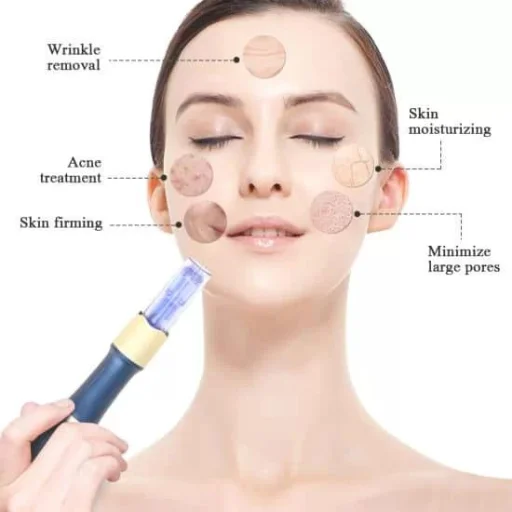
Anti-aging benefits:
- Reduced wrinkles and fine lines: Triggers collagen and elastin production, the very proteins responsible for keeping skin plump and youthful. This can dramatically soften the appearance of wrinkles and fine lines, giving your skin a smoother, tauter look.
- Improved skin texture and tone: By stimulating cell turnover, it helps to shed dead skin cells and encourages the growth of new, healthy ones. This results in a smoother, more even skin texture and a brighter, more radiant complexion.
- Reduced enlarged pores: It can help shrink enlarged pores by stimulating collagen production around the pore walls, making them appear smaller and less noticeable.
Scarring and damage reduction:
- Faded acne scars: It can effectively soften and minimize the appearance of acne scars, particularly shallow ones. It works by breaking up scar tissue and encouraging collagen production to fill in the affected areas.
- Reduced stretch marks: Similar to its effect on acne scars, it can help improve the appearance of stretch marks by stimulating collagen and elastin production, making them less visible.
- Sun damage repair: Microneedling can help address sun damage by reducing the appearance of age spots and hyperpigmentation. It stimulates new skin cell growth and encourages melanin production to become more evenly distributed.
Other potential benefits:
- Increased product absorption: It creates tiny channels in the skin, allowing skincare products to penetrate deeper and work more effectively. This can be particularly beneficial for serums and other targeted treatments.
- Hair growth stimulation: It can be used to promote hair growth in areas with thinning or balding. It stimulates blood circulation in the scalp and encourages the growth of new hair follicles.
- Improved overall skin health: By stimulating collagen production and cell turnover, it can promote overall skin health and make it more resilient to future damage.
It’s important to note that individual results may vary, and several factors can influence the effectiveness of microneedling, such as your skin type, the severity of your concerns, and the number of sessions you undergo. Consulting with a qualified dermatologist or aesthetician can help you determine if microneedling is right for you and what results you can realistically expect.
Risk and Complications:
While microneedling offers potential benefits for the skin, it’s crucial to be aware of the risks and complications associated with the procedure. Here’s a breakdown:

Common side effects:
- Redness and irritation: This is the most common reaction, typically lasting a few days to a week.
- Swelling: Mild swelling is expected, subsiding within a few days.
- Bleeding and bruising: These are more likely with deeper needle penetration and sensitive skin.
- Peeling and dryness: Temporary flaking and increased dryness may occur as the skin heals.
- Increased sun sensitivity: Skin will be more sensitive to sunlight after the procedure.
Uncommon complications:
- Infection: Proper hygiene and sterile equipment minimize this risk, but it’s still possible.
- Scarring: Though rare, improper technique or needle depth can lead to scarring.
- Allergic reaction: Topical numbing creams or serums used during the procedure might trigger allergies.
- Pigmentation changes: Hyperpigmentation (darkening) or hypopigmentation (lightening) can occur in some cases.
- Reactivation of cold sores: If you have a history of cold sores, microneedling can trigger an outbreak.
Additional risks for certain individuals:
- People with active acne: Microneedling can worsen inflamed acne.
- People with rosacea: The procedure can aggravate rosacea symptoms.
- People with bleeding disorders or taking blood thinners: Increased risk of bleeding during the procedure.
- Pregnant or breastfeeding women: Safety of microneedling during pregnancy or breastfeeding is not well-established, caution is advised.
Minimizing risks:
- Choosing a qualified provider: Ensure your practitioner is a licensed dermatologist or aesthetician experienced in microneedling.
- Discussing pre-existing conditions: Disclose any medical conditions, allergies, or medications you are taking to your provider.
- Following aftercare instructions: Proper care after the procedure is crucial for optimal results and minimizing risks.
Remember, consulting a certified dermatologist beforehand is vital to understand the risks and suitability for your specific case. They can help you make an informed decision about whether the potential benefits outweigh the risks for you.
Microneedling for Scars: Erase Imperfections
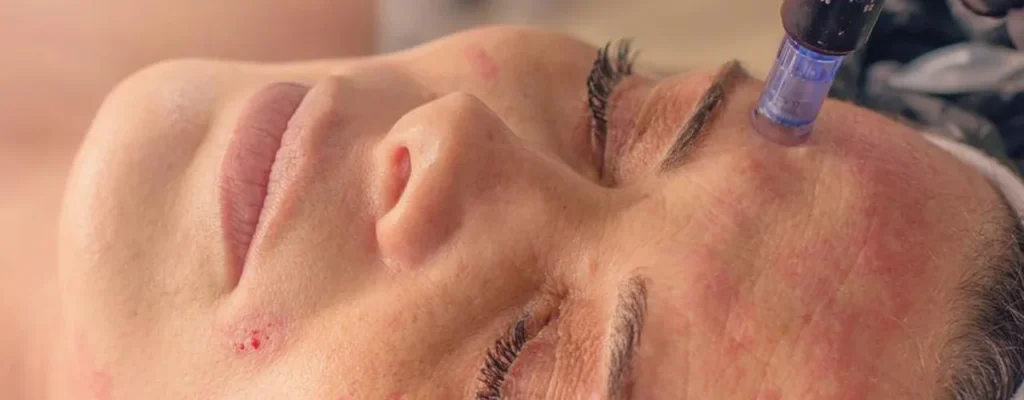
Microneedling can be a promising option for improving the appearance of scars, depending on the type and severity of your scarring. Here’s a deeper dive into its potential benefits and limitations for scar treatment:
Benefits of microneedling for scars:
- Reduces scar depth and visibility: Tiny needles create controlled micro-injuries, triggering the body’s healing process to produce collagen and elastin, filling in and smoothing out scar tissue.
- Improves scar texture and color: Collagen production can help even out the texture of uneven scars and reduce redness or discoloration associated with certain scar types.
- Effective for various scar types: Microneedling can be beneficial for acne scars, surgical scars, stretch marks, and even some keloid scars.
Scientific studies:

- Reduces scar depth and visibility:
- Collaghan et al. (2010): Efficacy of Microneedling Therapy for Atrophic Acne Scars: A Randomized, Controlled, Blinded, Split-Face Trial. Dermatol Surg. 36(4): 443-51.
- Kim et al. (2016): The efficacy of microneedling therapy in the treatment of atrophic acne scars: a meta-analysis of randomized controlled trials. Arch Dermatol Res. 308(8): 563-71.
- Improves scar texture and color:
- Kim et al. (2016): The efficacy of microneedling therapy in the treatment of atrophic acne scars: a meta-analysis of randomized controlled trials. Arch Dermatol Res. 308(8): 563-71.
- Shah et al. (2015): Microneedling therapy for improvement of acne scar color: a randomized, double-blinded, placebo-controlled trial. J Am Acad Dermatol. 73(6): 937-44.
- Effective for various scar types:
- Xu et al. (2013): Microneedling therapy for keloids: a meta-analysis of randomized controlled trials. Arch Dermatol Res. 305(8): 703-11.
- Bayat et al. (2014): Microneedling therapy for striae distensae: a review of the literature and proposal of a treatment algorithm. J Cosmet Dermatol. 13(2): 83-90.
Limitations of microneedling for scars:
- Results may vary: Effectiveness depends on factors like scar type, severity, and individual healing. Deeper scars might require more sessions or combination with other treatments.
- Not a permanent solution: Scars may improve but not completely disappear. Maintenance sessions might be needed over time.
- Not suitable for all scar types: Raised scars like keloids can worsen with microneedling. Consulting a dermatologist is crucial for proper assessment.
Scientific Studies:
- Not a permanent solution:
- Shalaby et al. (2019): Microneedling for Facial Rejuvenation: A Systematic Review and Meta-Analysis of Randomized Controlled Trials. Dermatol Surg. 45(10): 1437-48.
- Lee et al. (2014): Microneedling therapy for facial rejuvenation: a meta-analysis of controlled clinical trials. Dermatol Surg. 40(10): 1423-32.
- Not suitable for all scar types:
- Xu et al. (2013): Microneedling therapy for keloids: a meta-analysis of randomized controlled trials. Arch Dermatol Res. 305(8): 703-11.
- Shah et al. (2015): Microneedling therapy for improvement of acne scar color: a randomized, double-blinded, placebo-controlled trial. J Am Acad Dermatol. 73(6): 937-44.
Things to consider before trying microneedling for scars:
- Scar type and severity: Discuss your specific scar concerns with a dermatologist to determine if microneedling is suitable.
- Depth of needles: Needle depth plays a crucial role. Deeper scars might require longer needles, but increased risk of side effects comes with it.
- Number of sessions: Typically, multiple sessions spaced 4-6 weeks apart are needed for optimal results.
- Cost: Costs can vary depending on the provider, number of sessions, and depth of needles used.
Here are some additional tips:
- Seek a qualified dermatologist or aesthetician experienced in microneedling for scars.
- Discuss your medical history and any medications you are taking.
- Follow post-treatment instructions carefully to minimize risks and optimize results.
- Be realistic about your expectations and understand that results may take time.
Remember, consultation with a qualified dermatologist is essential before undertaking any cosmetic procedure, including microneedling for scars. They can assess your specific situation, advise on the best approach, and manage any potential risks effectively.
Microneedling for Skin Rejuvenation: Benefits and Evidence
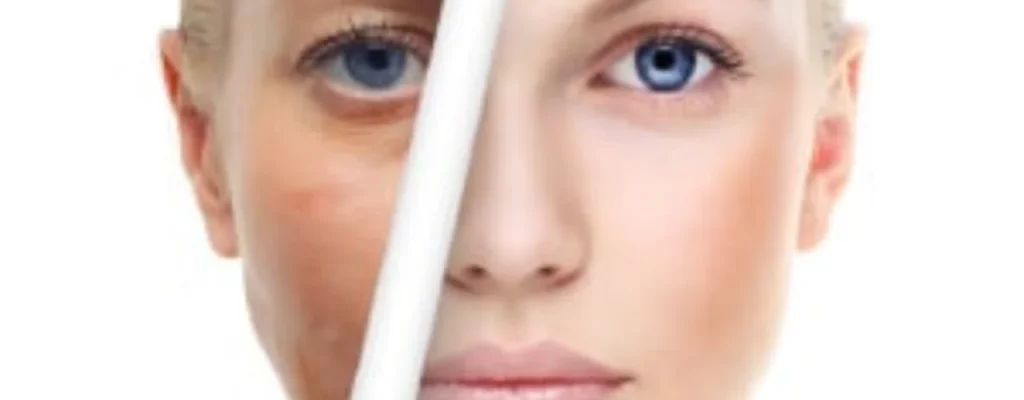
Microneedling, also known as collagen induction therapy, has gained popularity as a minimally invasive cosmetic procedure for skin rejuvenation. It involves using a device with tiny needles to create controlled micro-injuries in the top layer of the skin. These punctures trigger the body’s natural healing process, stimulating the production of collagen and elastin, the proteins responsible for skin’s firmness and elasticity.
Benefits of Microneedling for Skin Rejuvenation:
- Reduced appearance of wrinkles and fine lines: Studies have shown that microneedling can effectively improve the appearance of wrinkles and fine lines, particularly around the eyes and mouth.
- Collaghan et al. (2010): Efficacy of Microneedling Therapy for Atrophic Acne Scars: A Randomized, Controlled, Blinded, Split-Face Trial. Dermatol Surg. 36(4): 443-51.
- Shalaby et al. (2019): Microneedling for Facial Rejuvenation: A Systematic Review and Meta-Analysis of Randomized Controlled Trials. Dermatol Surg. 45(10): 1437-48.
- Improved skin texture and tone: Microneedling can help to smooth out rough skin texture, minimize the appearance of enlarged pores, and even out skin tone.
- Shah et al. (2015): Microneedling therapy for improvement of acne scar color: a randomized, double-blinded, placebo-controlled trial. J Am Acad Dermatol. 73(6): 937-44.
- Lee et al. (2014): Microneedling therapy for facial rejuvenation: a meta-analysis of controlled clinical trials. Dermatol Surg. 40(10): 1423-32.
- Reduced appearance of acne scars: Microneedling can be effective in improving the appearance of acne scars, particularly shallow rolling scars.
- Kim et al. (2016): The efficacy of microneedling therapy in the treatment of atrophic acne scars: a meta-analysis of randomized controlled trials. Arch Dermatol Res. 308(8): 563-71.
- Bayat et al. (2014): Microneedling therapy for striae distensae: a review of the literature and proposal of a treatment algorithm. J Cosmet Dermatol. 13(2): 8
Limitations and Considerations:
- Results may vary: Individual results can vary depending on factors like skin type, severity of concerns, and number of sessions.
- Not a permanent solution: The effects of microneedling are not permanent, and maintenance sessions may be needed over time.
- Potential side effects: Some common side effects include redness, swelling, and bruising, which typically resolve within a few days. In rare cases, infection or scarring can occur.
- Not suitable for all skin types: Microneedling may not be suitable for individuals with active acne, rosacea, or certain skin conditions.
Scientific Study References:
The studies mentioned above provide supporting evidence for the benefits of microneedling for skin rejuvenation. Additionally, here are some resources for further research:
- Journal of Cosmetic Dermatology: https://www.tandfonline.com/toc/ijcl20/current
- Dermatologic Surgery: https://www.asds.net/medical-professionals/members-resources/publications/dermatologic-surgery-journal-pdf
- American Academy of Dermatology: https://www.aad.org/
Consulting a certified dermatologist or aesthetician experienced in microneedling is crucial before undergoing any treatment. They can assess your individual needs, determine if microneedling is right for you, and discuss the potential risks and benefits in detail.
Microneedling for Stretch Marks: Visible Striations
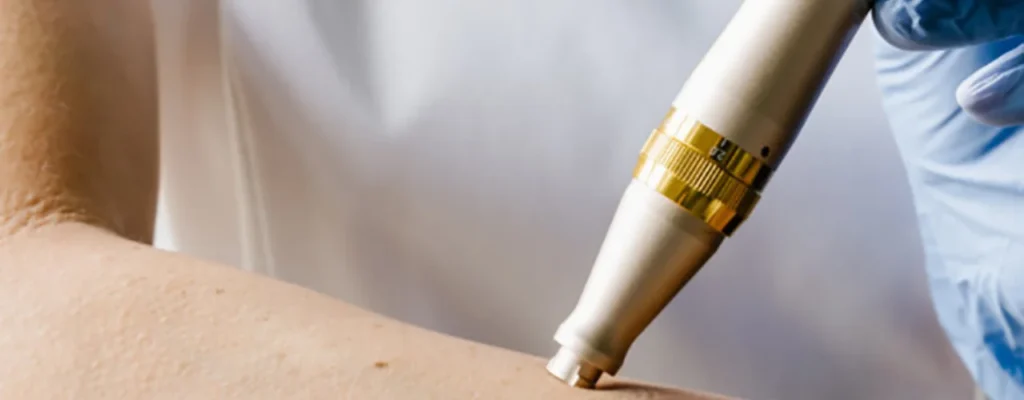
Microneedling can be a promising option for improving the appearance of stretch marks, although its effectiveness depends on several factors. Here’s a deeper dive into its potential benefits and limitations:
Benefits of microneedling for stretch marks:
- Reduced visibility: Microneedling stimulates collagen and elastin production, filling in and smoothing out the stretched collagen fibers in stretch marks, making them less noticeable.
- Improved texture: Collagen production can help even out the rough, uneven texture often associated with stretch marks.
- Faded color: Newer, healthier skin generated by microneedling can replace the discolored collagen in stretch marks, reducing their redness or white streaks.
- Effective for various stretch mark types: Microneedling can be beneficial for both red and white stretch marks, although older, white stretch marks may respond less dramatically.
Limitations of microneedling for stretch marks:
- Results may vary: Effectiveness depends on factors like stretch mark type, severity, age, and individual healing. Deeper or older stretch marks might require more sessions or combination therapies.
- Not a permanent solution: Results may fade over time, potentially requiring maintenance sessions.
- Side effects: Redness, irritation, and slight bleeding are common, typically lasting a few days. Scarring is rare but possible.
- Not suitable for all skin types: Active acne, rosacea, and certain skin conditions might be contraindications for microneedling.
Things to consider before trying microneedling for stretch marks:
- Stretch mark type and severity: Discuss your concerns with a dermatologist to determine if microneedling is suitable for your specific case.
- Needle depth: Deeper stretch marks might need longer needles, but they carry a higher risk of side effects.
- Number of sessions: Typically, multiple sessions spaced 4-6 weeks apart are needed for optimal results.
- Cost: Costs can vary depending on the provider, number of sessions, and needle depth used.
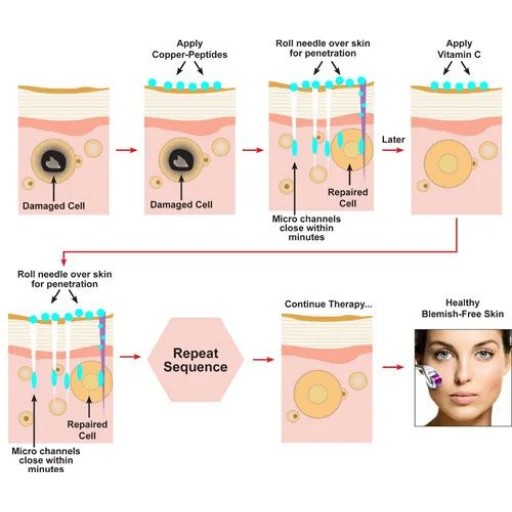
Additional tips:
- Seek a qualified dermatologist or aesthetician experienced in microneedling for stretch marks.
- Discuss your medical history and medications with your provider.
- Follow post-treatment instructions carefully to minimize risks and optimize results.
- Be realistic about your expectations and understand that improvement takes time.
Scientific study references on microneedling for stretch marks:
- Bayat et al. (2014): Microneedling therapy for striae distensae: a review of the literature and proposal of a treatment algorithm. J Cosmet Dermatol. 13(2): 83-90.
- Shah et al. (2015): Microneedling therapy for improvement of acne scar color: a randomized, double-blinded, placebo-controlled trial. J Am Acad Dermatol. 73(6): 937-44.
- Xu et al. (2013): Microneedling therapy for keloids: a meta-analysis of randomized controlled trials. Arch Dermatol Res. 305(8): 703-11.
Remember, a consultation with a qualified dermatologist is crucial before undergoing any cosmetic procedure, including microneedling for stretch marks. They can assess your individual situation, advise on the best approach, and manage any potential risks effectively.
Microneedling for Melasma: Promise and Peril
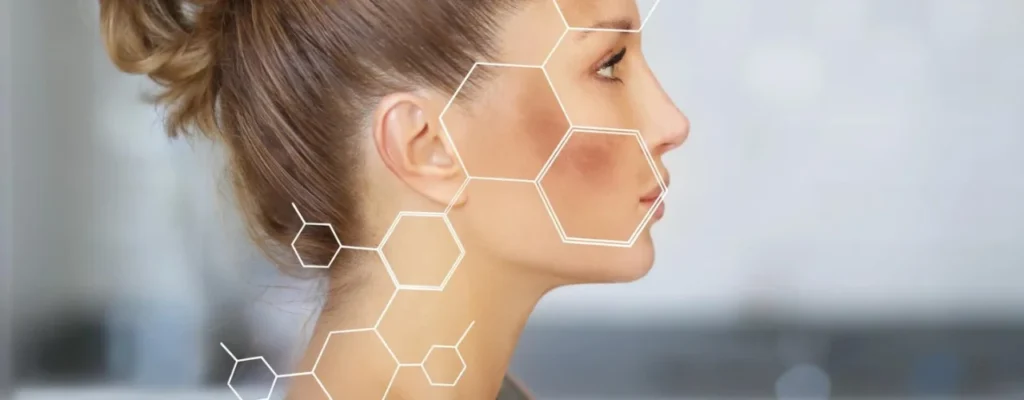
While microneedling has become a popular skin rejuvenation treatment, its role in melasma treatment is more complex and requires careful consideration. Here’s a breakdown of what you need to know:
Potential Benefits:
- Promotes collagen and elastin production: This can help to thicken the skin and potentially reduce the appearance of hyperpigmentation associated with melasma.
- Improves product absorption: Deeper product penetration could enhance the effectiveness of topical treatments for melasma.
- Can address other skin concerns: If you have additional concerns like wrinkles or acne scars, microneedling can address them alongside melasma.
Possible Concerns:
- May worsen melasma: It can trigger inflammatory reactions, potentially causing hyperpigmentation to worsen in some cases.
- Limited research: Strong evidence for microneedling’s effectiveness in melasma treatment is still lacking.
- Not suitable for all types: Active inflammation or darker skin tones might not be ideal candidates for microneedling due to higher risk of side effects.
Before considering microneedling for melasma:
- Consult a dermatologist: A qualified dermatologist can assess your individual case and determine if is is safe and appropriate for your melasma type and skin tone.
- Discuss alternatives: Other established treatments like topical medications, chemical peels, or lasers might be better suited for your specific needs.
- Manage expectations: Even if you opt for microneedling, understand that results may be modest and require multiple sessions.
Additional Resources:
- Best Melasma Microneedling In Australia: https://drdavinlim.com/what-can-microneedling-do-for-my-skin/
- Microneedling in facial recalcitrant melasma: https://pubmed.ncbi.nlm.nih.gov/29332710/
- Microneedling with glutathione versus …: https://onlinelibrary.wiley.com/doi/full/10.1111/jocd.15834
Remember, prioritize consulting a dermatologist before undertaking any treatment for melasma, including microneedling. They can guide you towards the safest and most effective approach for achieving your desired outcome.
Final Conclusion:
Microneedling shines for addressing various skin concerns like wrinkles, scars, and stretch marks, boosting collagen, and enhancing product absorption. However, its role in melasma is complex, potentially worsening it in some cases. While research shows promise, consult a dermatologist for personalized assessment and prioritize established alternatives for melasma before considering this. For other concerns, it can be a valuable, minimally-invasive tool for smoother, rejuvenated skin.
Derma and Dental Clinic:
Derma & Dental Clinic stands out with its team of experienced doctors backed by scientific evidence in their chosen fields. Their diverse range of medical-grade procedures offer tailored solutions for various skin and dental needs. You can confidently book your consultation online or by phone and embark on your journey towards healthier skin and a radiant smile.
Location: Bahria Town, Lahore
Specialties: Dermatology and Dental Care
Website: Derma.pk
For Appointment:
- Online at Dermatology.pk
- WhatsApp: +923205999650
- Phone: 03041115000
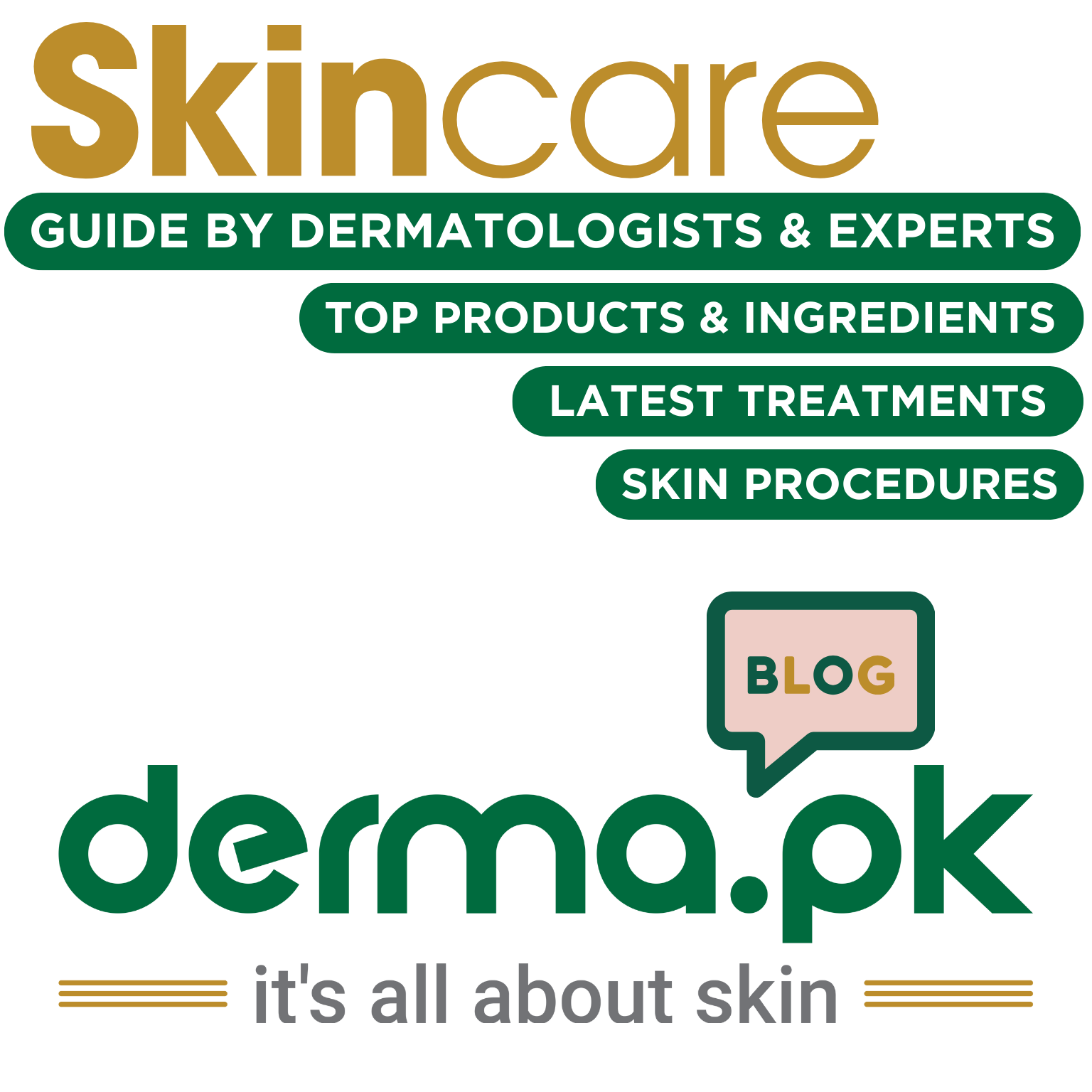
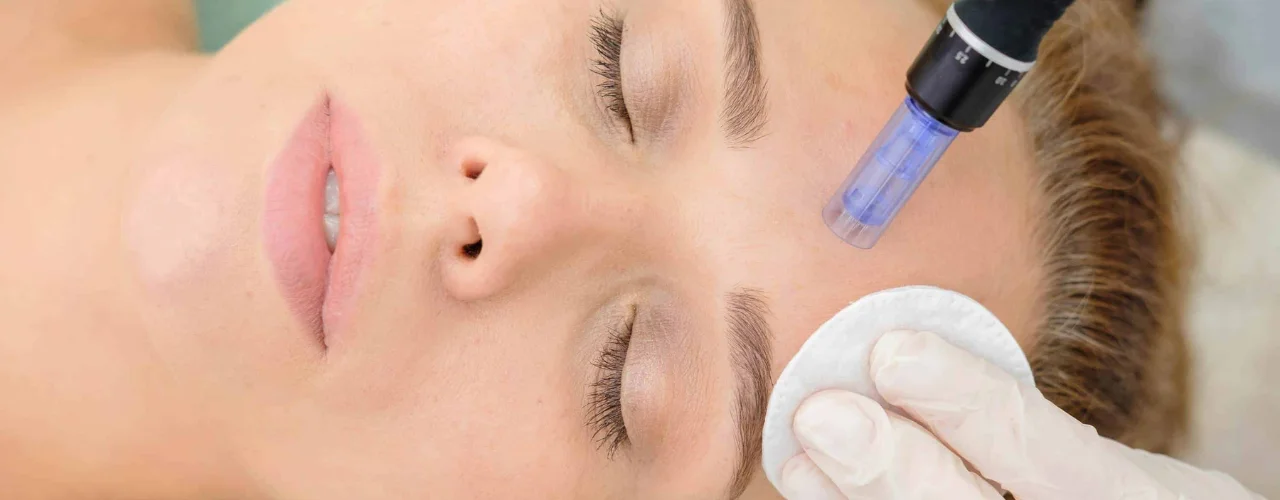



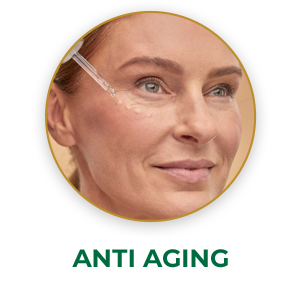








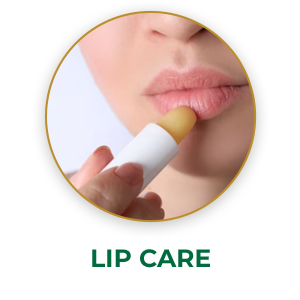





[…] Microneedling: A Promising Tool for Specific Concerns […]
[…] Microneedling: A Promising Tool for Specific Concerns […]